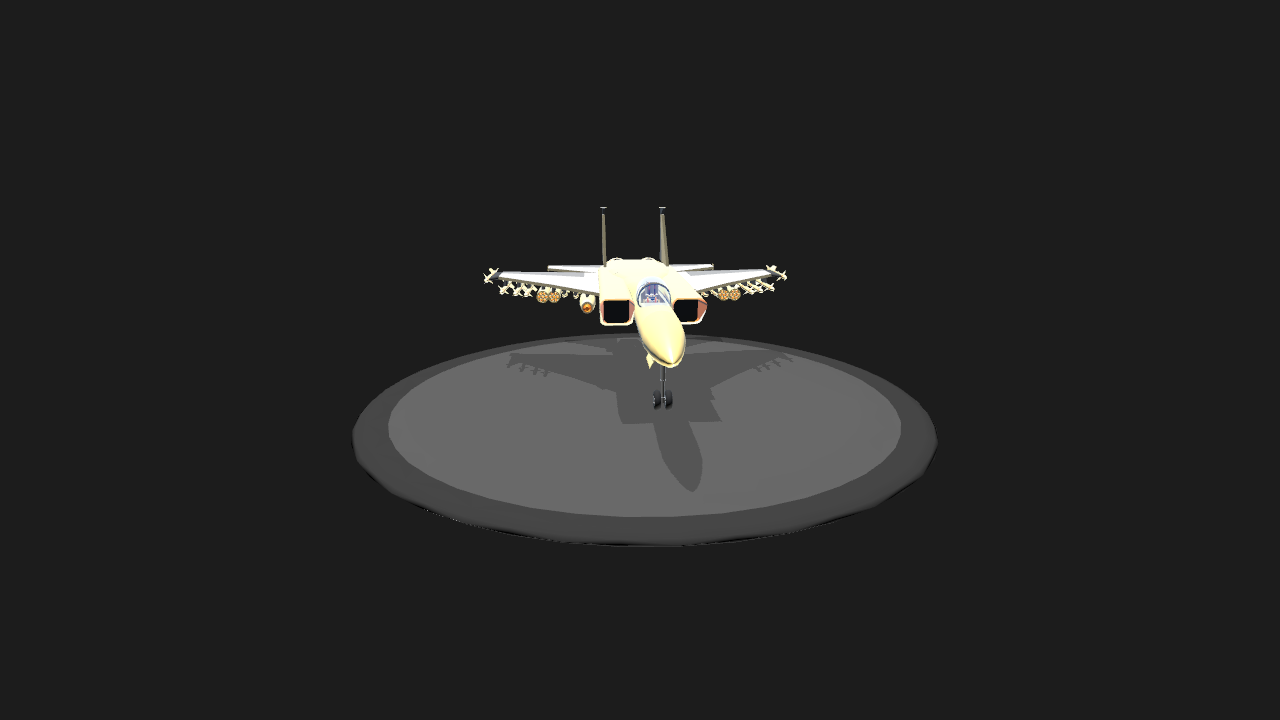Info from Wikipedia: The McDonnell Douglas F-15 Eagle is an American twin-engine, all-weather tactical fighter aircraft designed by McDonnell Douglas (now part of Boeing). Following reviews of proposals, the United States Air Force selected McDonnell Douglas's design in 1969 to meet the service's need for a dedicated air superiority fighter. The Eagle first flew in July 1972, and entered service in 1976. It is among the most successful modern fighters, with over 100 victories and no losses in aerial combat, with the majority of the kills by the Israeli Air Force.[2][3] The Eagle has been exported to Israel, Japan, and Saudi Arabia. The F-15 was originally envisioned as a pure air-superiority aircraft. Its design included a secondary ground-attack capability[4] that was largely unused. The aircraft design proved flexible enough that an improved all-weather strike derivative, the F-15E Strike Eagle, was later developed, entered service in 1989 and has been exported to several nations. As of 2021, the aircraft is being produced in several variants. The F-15 can trace its origins to the early Vietnam War, when the U.S. Air Force and U.S. Navy fought each other over future tactical aircraft. Defense Secretary Robert McNamara was pressing for both services to use as many common aircraft as possible, even if performance compromises were involved. As part of this policy, the USAF and Navy had embarked on the TFX (F-111) program, aiming to deliver a medium-range interdiction aircraft for the Air Force that would also serve as a long-range interceptor aircraft for the Navy.[5] In January 1965, Secretary McNamara asked the Air Force to consider a new low-cost tactical fighter design for short-range roles and close air support to replace several types like the F-100 Super Sabre and various light bombers then in service. Several existing designs could fill this role; the Navy favored the Douglas A-4 Skyhawk and LTV A-7 Corsair II, which were pure attack aircraft, while the Air F
Specifications
General Characteristics
- Created On iOS
- Wingspan 34.6ft (10.5m)
- Length 47.0ft (14.3m)
- Height 13.8ft (4.2m)
- Empty Weight 22,159lbs (10,051kg)
- Loaded Weight 25,363lbs (11,504kg)
Performance
- Power/Weight Ratio 5.316
- Wing Loading 73.1lbs/ft2 (357.1kg/m2)
- Wing Area 346.8ft2 (32.2m2)
- Drag Points 4580
Parts
- Number of Parts 136
- Control Surfaces 8
- Performance Cost 938






